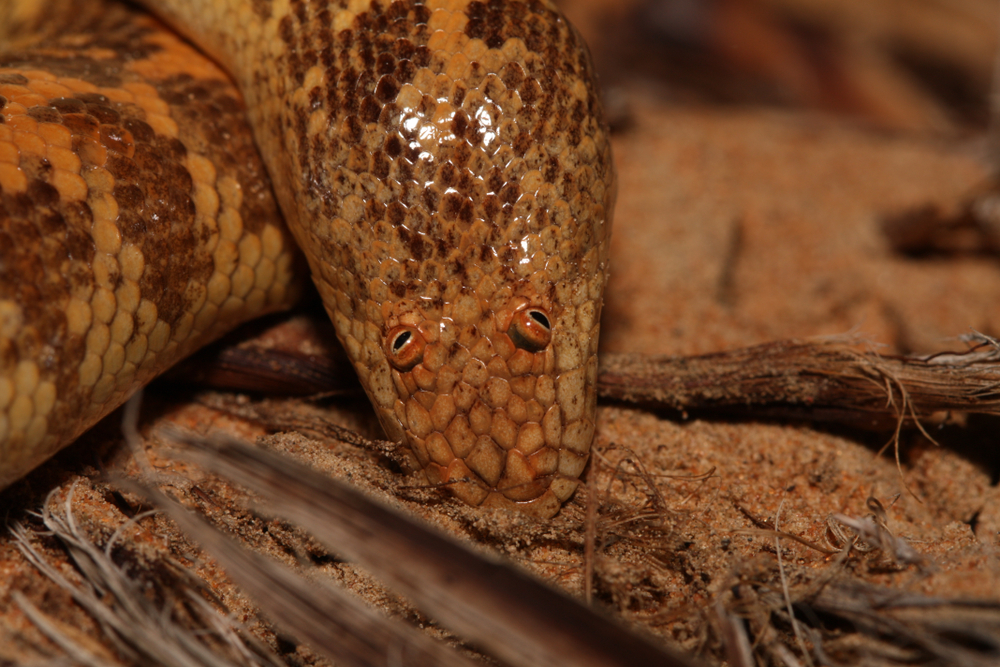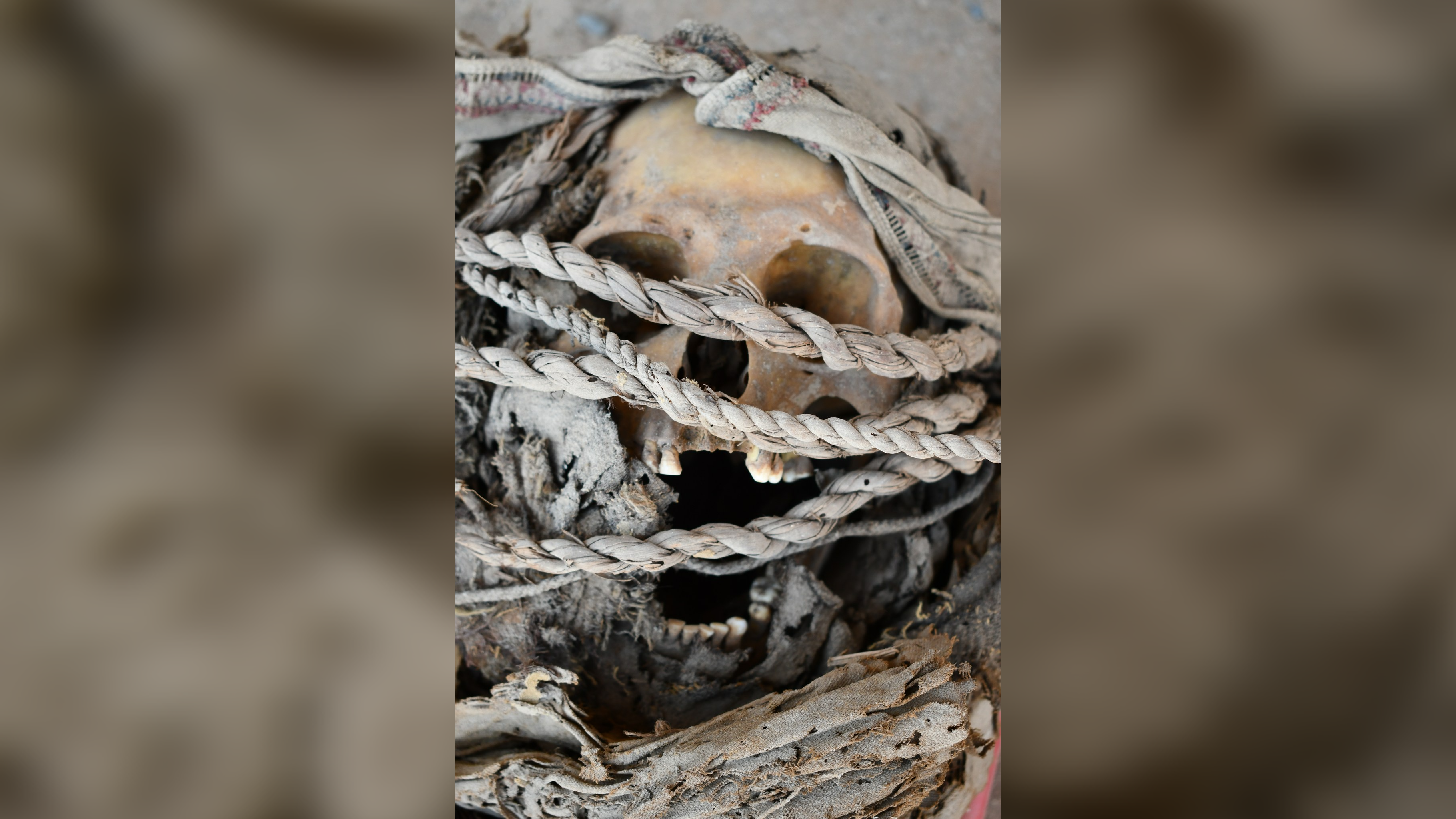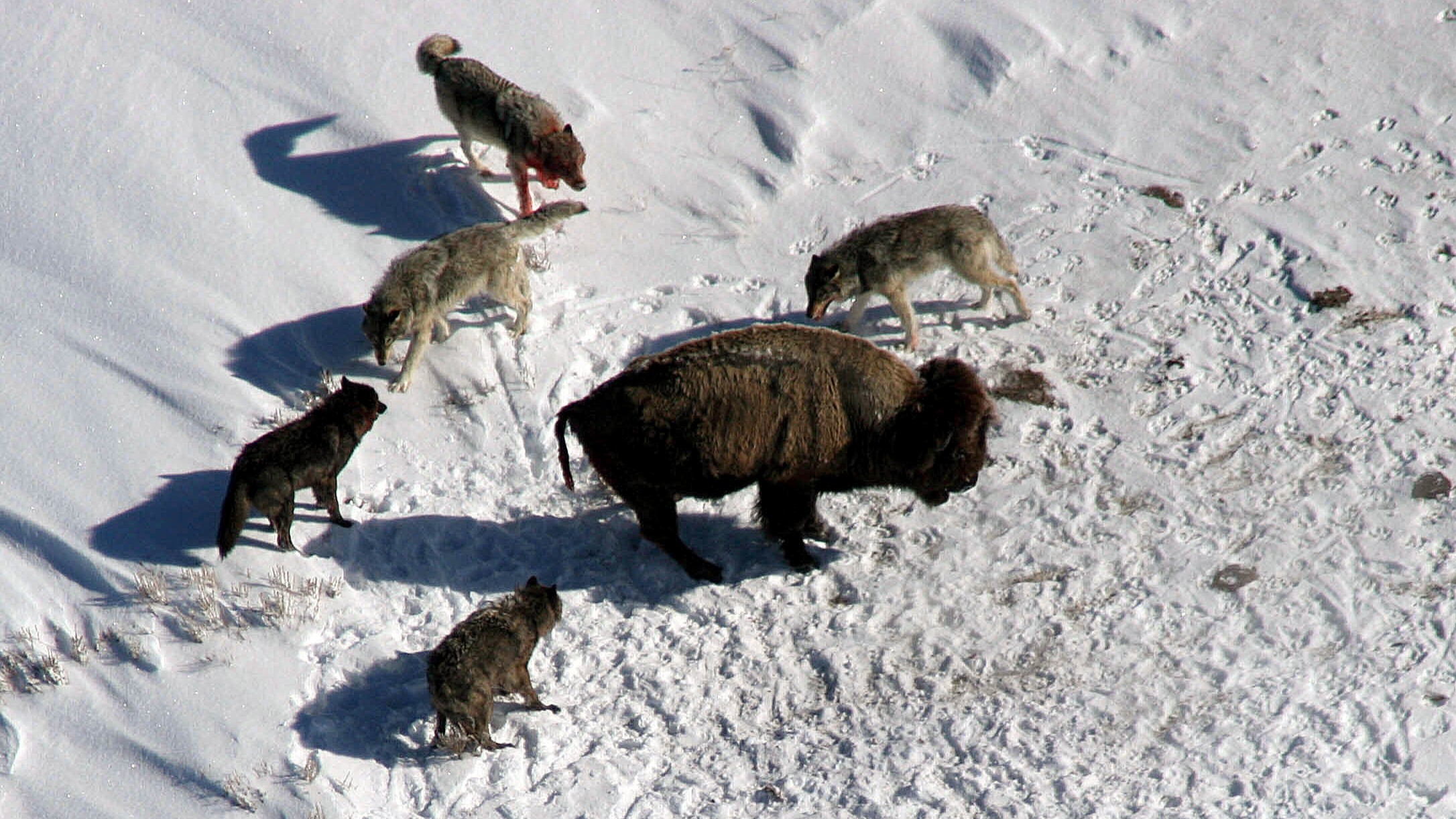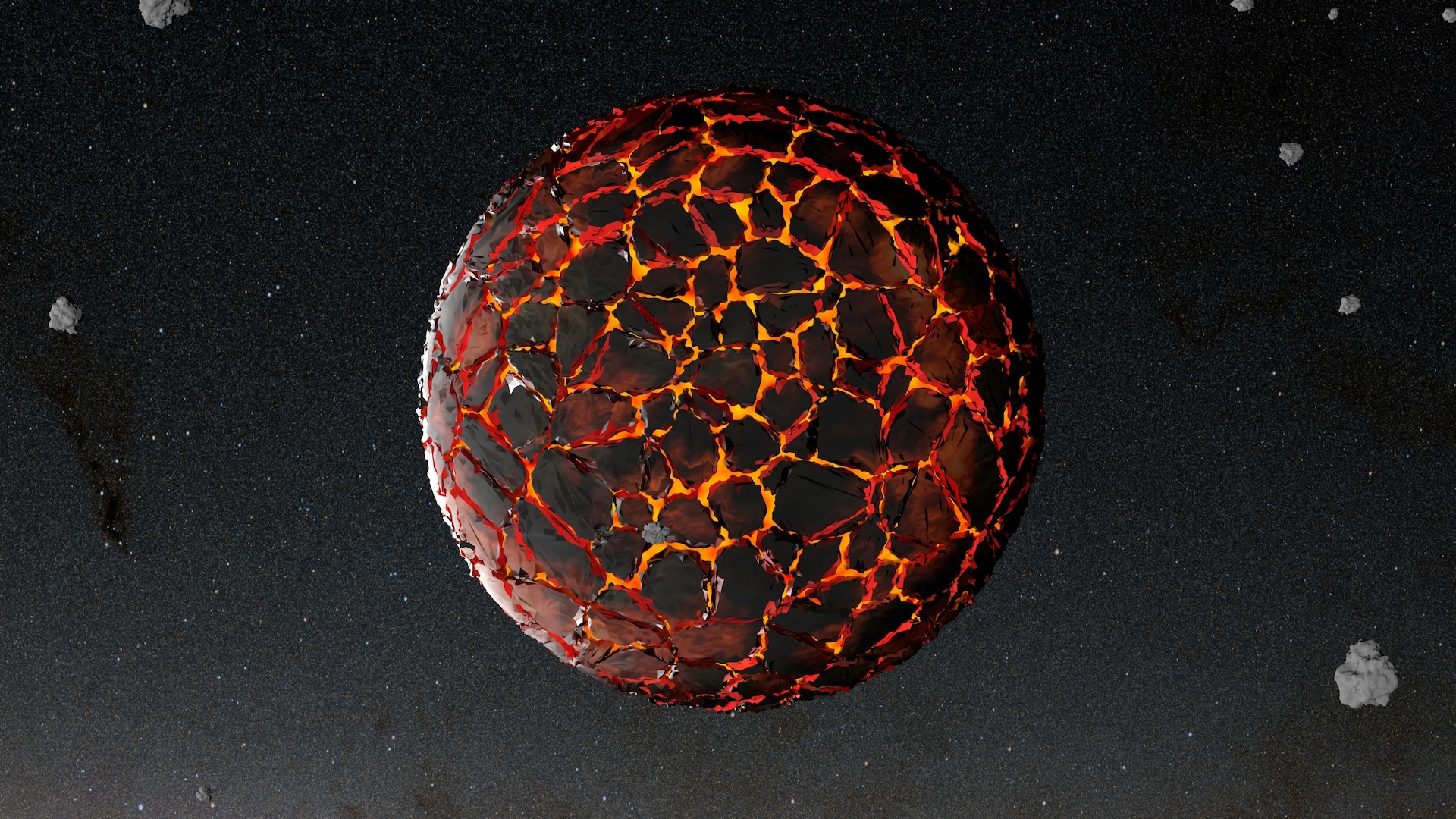Arabian sand boa: The derpy snake that looks like it's got googly eyes glued to the top of its head
Arabian sand boas live in deserts on the Arabian Peninsula, where they lie buried in the sand with only their derpy eyes peeking out as they wait for prey.

Name: Arabian sand boa (Eryx jayakari)
Where it lives: Sandy deserts of the Arabian Peninsula and southwestern Iran
What it eats: Short-fingered geckos (Stenodactylus), Baluch rock geckos (Bunopus tuberculatus) and worm lizards.
Why it's awesome: These derpy-looking snakes have eyes that seem like they've been glued onto the top of their heads, earning them a celebrity moment on social media.
"The only reason that the Arabian sand boa (Eryx jayakari) has survived this long is that its prey can't stop laughing in time to escape," one Reddit user wrote in a post.
"Ah yes, the Arabian sand boa, the most dumb looking snake," another user said.
Today I learned about the Arabian sand boa. It looks like a child’s best effort at drawing a snake. pic.twitter.com/AoTQaqzTRFAugust 22, 2022
Arabian sand boas are nocturnal; they spend the day buried deep in the sand and move toward the surface at dusk to hunt. And while their googly eyes are sometimes ridiculed, they are essential to these snakes' hunting strategy.
Sign up for the Live Science daily newsletter now
Get the world’s most fascinating discoveries delivered straight to your inbox.
Having eyes on top of their heads enables Arabian sand boas to peek out as they lie in wait for prey to pass nearby, with the rest of their golden-brown bodies buried in the sand.
Related: Earless monitor lizards: The 'Holy Grail' of reptiles that looks like a mini dragon
Arabian sand boas grow up to 15 inches (38 centimeters) long and can tolerate a wide range of temperatures. They are one of two boa species that lay eggs instead of giving birth to live young — the other egg-laying species being the Saharan sand boa (Eryx muelleri), which is found throughout Africa.
Female Arabian sand boas lay their eggs in small clutches. They have to help their young break out from the eggs when they are ready to hatch, after roughly nine weeks, because the hatchlings lack an egg-tooth — a sharp projection on the snout, which the young of other snake species use to crack open their eggshells.
Arabian sand boas are common throughout their wide range and are not thought to be threatened by human activities, according to the International Union for Conservation of Nature Red List of Threatened Species.

Sascha is a U.K.-based staff writer at Live Science. She holds a bachelor’s degree in biology from the University of Southampton in England and a master’s degree in science communication from Imperial College London. Her work has appeared in The Guardian and the health website Zoe. Besides writing, she enjoys playing tennis, bread-making and browsing second-hand shops for hidden gems.









